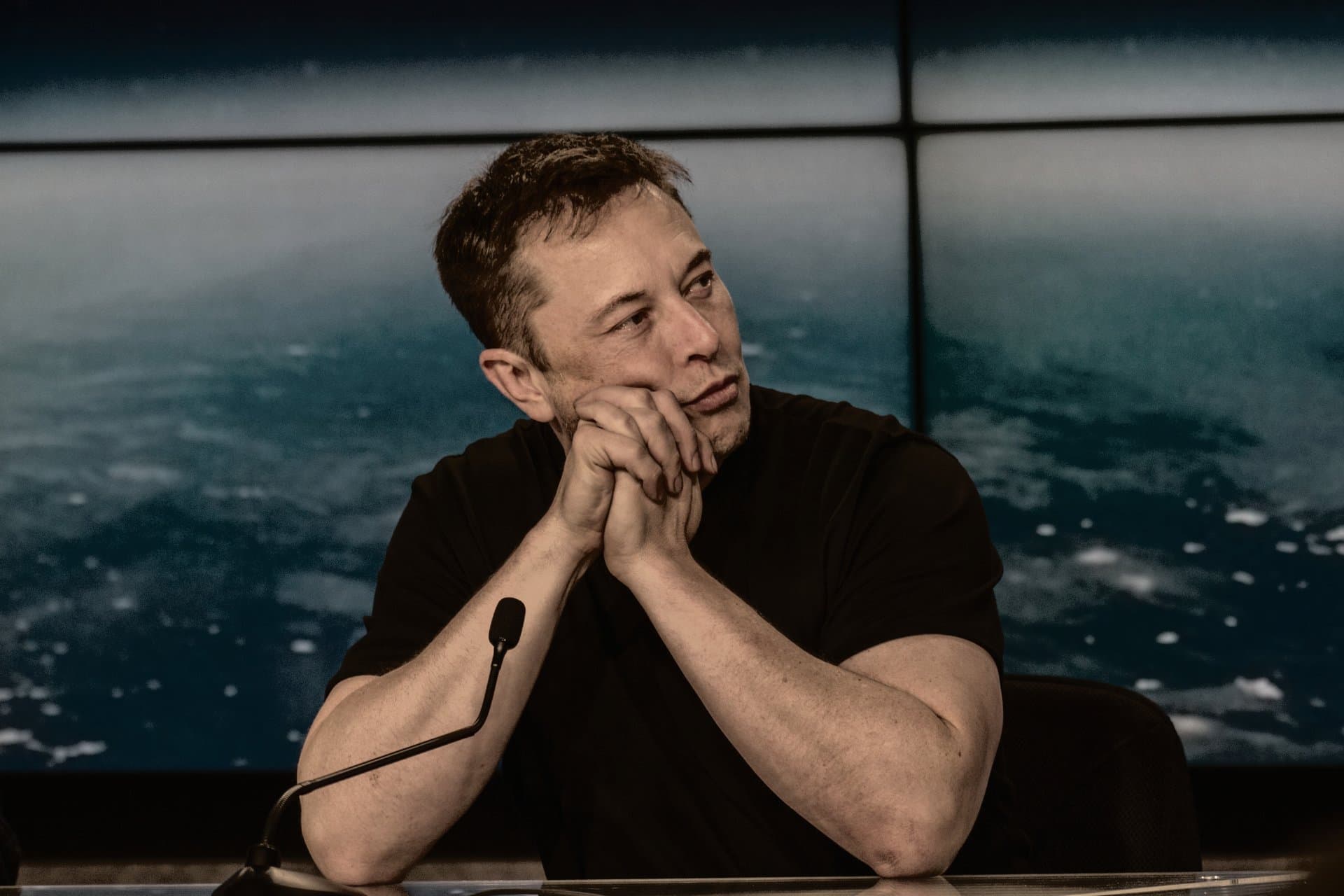Elon Musk vs. Trump’s Big Beautiful Bill: Fiscal Efficiency Clash
Explore the heated debate between Elon Musk and Stephen Miller over Trump’s Big Beautiful Bill, revealing deep fiscal tensions and what it means for government spending and MAGA’s future.

Key Takeaways
- Musk’s DOGE aims to save $2 trillion by cutting agencies and workforce.
- Trump’s Big Beautiful Bill promises reforms but may increase deficit by $3.8 trillion.
- Musk criticizes the bill for undermining fiscal discipline and DOGE savings.
- Miller rebukes Musk, explaining DOGE cuts can’t be in reconciliation bills.
- The dispute highlights ideological splits within the MAGA movement’s future.

When Elon Musk, the head of the Department of Government Efficiency (DOGE), publicly voiced disappointment over Donald Trump’s new spending and tax legislation—the so-called Big Beautiful Bill—it sparked more than just headlines. This flagship policy, promising historic welfare reform and sweeping tax cuts, passed the House by a razor-thin margin but faces scrutiny for potentially increasing the federal deficit by $3.8 trillion. Musk, who championed aggressive federal spending cuts aiming to save taxpayers $2 trillion, sees the bill as a direct contradiction to his efforts. On the other side, Stephen Miller, a key Trump aide and policy architect, fired back, defending the bill’s reforms and disputing Musk’s fiscal concerns. This clash exposes a deeper ideological rift within the MAGA movement, pitting technocratic efficiency against nationalist populism. Let’s unpack this high-stakes debate and what it means for America’s fiscal future.
Unpacking DOGE’s Ambition
Elon Musk’s Department of Government Efficiency, affectionately known as DOGE, set out with a bold mission: slash federal spending by $2 trillion. Imagine trimming or shuttering a dozen federal agencies and cutting the federal workforce by 250,000 jobs. That’s no small feat. By Musk’s own tally, DOGE has already saved taxpayers $160 billion. Yet, critics argue these cuts barely dent the swelling government budget. It’s like trying to drain a bathtub with a teaspoon while the faucet runs wide open. Musk’s vision is clear—streamline government, cut the fat, and return savings to taxpayers. But the reality? Despite these efforts, overall government spending continues to climb, leaving Musk frustrated and questioning the impact of his crusade.
The Big Beautiful Bill’s Bold Promises
Enter the Big Beautiful Bill, Trump’s flagship policy package that sailed through the House by a razor-thin margin after fierce Republican infighting. This bill isn’t shy about ambition: historic welfare reform, the largest tax cuts and reforms in American history, aggressive energy exploration, and the toughest border security measures ever proposed. It’s a legislative cocktail designed to reshape America’s domestic agenda. But here’s the catch—preliminary analyses from the Congressional Budget Office and the Joint Committee on Taxation warn that this bill could increase the federal deficit by $3.8 trillion. That’s a staggering figure that casts a long shadow over the bill’s fiscal prudence. The promise of reform clashes with the reality of ballooning deficits, setting the stage for a heated debate.
Musk’s Fiscal Disappointment
In a candid CBS interview, Musk didn’t mince words. He expressed clear disappointment with the Big Beautiful Bill, highlighting its contradiction with fiscal discipline. “I was disappointed to see the massive spending bill, frankly, which increases the budget deficit, not just decreases it, and undermines the work that the DOGE team is doing,” Musk said. His quip that a bill can be big or beautiful—but not both—cuts to the heart of the issue. Musk’s frustration stems from watching his team’s hard-fought savings efforts potentially unravel under the weight of new spending. It’s a classic tension between visionary cost-cutting and political realities that favor expansive reforms.
Miller’s Rebuttal and Fiscal Defense
Stephen Miller, Trump’s former deputy chief of staff and a key architect of the bill, fired back swiftly on social media. He explained that DOGE’s cuts target discretionary spending—federal bureaucracy costs that can’t be trimmed through reconciliation bills, which only affect mandatory spending like Social Security. Instead, Miller pointed out, DOGE cuts require separate legislative tools like rescissions packages or appropriations bills. He also clarified that the Big Beautiful Bill isn’t an annual budget bill and doesn’t directly fund government agencies. Miller touted the bill’s historic reforms, insisting it would ultimately reduce the deficit despite appearances. His defense underscores the complex dance of budget rules and political strategy shaping Washington’s fiscal battles.
The MAGA Movement’s Fiscal Fault Lines
This public spat between Musk and Miller is more than a personal feud—it’s a microcosm of a broader ideological civil war within the MAGA movement. Earlier clashes over immigration policy revealed similar divides, with Musk advocating for more visas for skilled workers, while Miller represented the hardline base. Now, the debate over the Big Beautiful Bill exposes two competing visions for the Republican future: Musk’s technocratic populism, emphasizing efficiency, innovation, and fiscal restraint, versus Miller’s nationalist populism, prioritizing sweeping reforms even if it means higher spending. The stakes are high. This internal conflict will shape not only Trump’s agenda but also the GOP’s identity and the movement’s ability to govern effectively.
Long Story Short
The public showdown between Elon Musk and Stephen Miller over the Big Beautiful Bill and DOGE cuts is more than a clash of personalities—it’s a window into the ideological soul of the MAGA movement. Musk’s vision of ruthless government efficiency and fiscal restraint collides with Miller’s prioritization of bold reforms, even at the cost of increased spending. For taxpayers, this means navigating promises of historic tax cuts alongside warnings of ballooning deficits. For the GOP, it’s a crossroads between competing fiscal philosophies that will shape policy and party identity. As the bill moves toward the Senate, Musk’s dissent may rally fiscal conservatives, while Miller’s defense appeals to populist reformers. The outcome will ripple beyond budgets—it will define how America balances ambition with accountability in governance.